 Back to the Be Inspired Blog
Back to the Be Inspired Blog
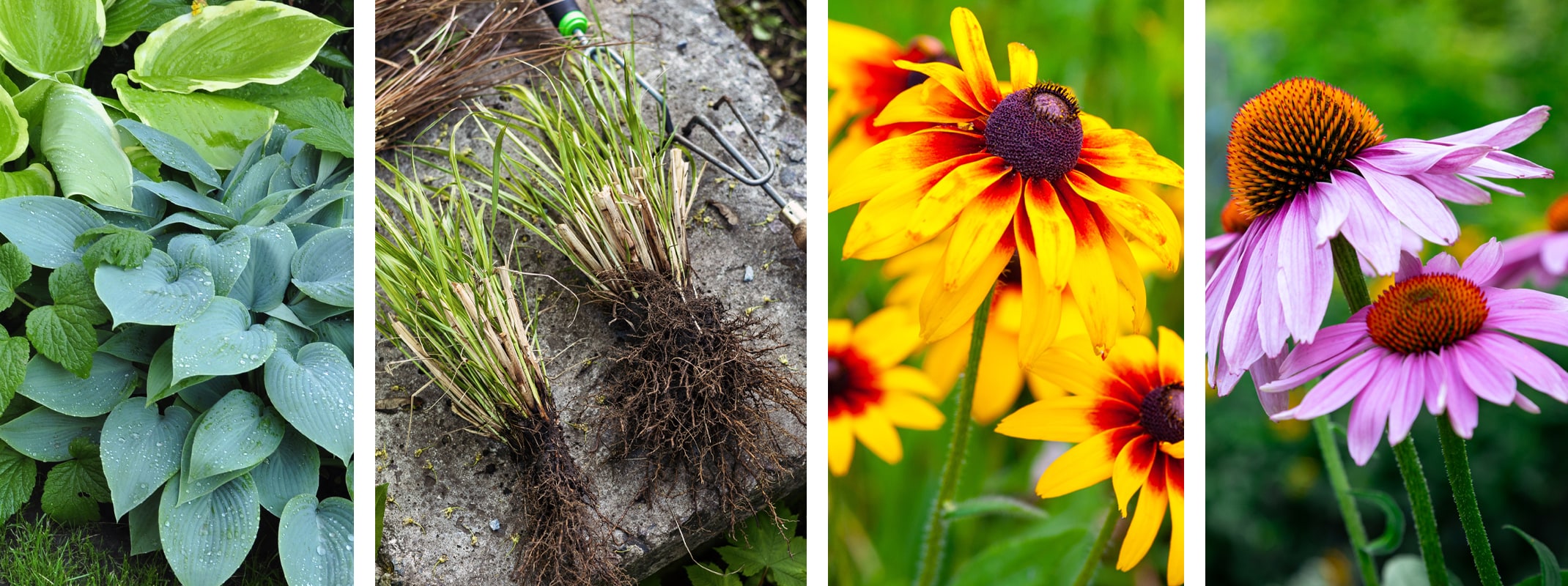
How (and Why) to Divide Perennials This Fall
If your perennials are looking crowded, tired, or not blooming as well as they used to, it may be time to divide them. Dividing perennials is an easy and budget-friendly way to rejuvenate existing plants, encourage healthier growth, and create new plants to spread around your garden—or share with friends.
In the Bay Area, early fall is an ideal time to divide perennials. Cooler weather, shorter days, and the return of seasonal moisture give plants a chance to reestablish strong root systems before the heat of next summer.
Why Divide Perennials?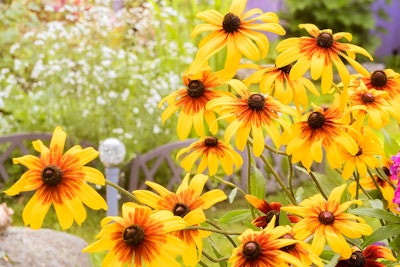
- Rejuvenation: Overcrowded clumps can compete for water and nutrients, leading to weak or fewer blooms.
- More Plants for Free: Every division is essentially a new plant for another part of your garden—or to share.
- Better Blooming: Dividing helps perennials refocus their energy into healthier growth and more flowers.
- Garden Design Flexibility: Spreading divisions throughout your garden creates rhythm, repetition, and harmony in your landscape.
Popular Perennials to Divide in the Bay Area
Not every perennial needs frequent division, but some benefit from it every 3–5 years. Here are some great candidates:
- Irises – Best divided every 3–4 years to prevent overcrowding and encourage flowering.
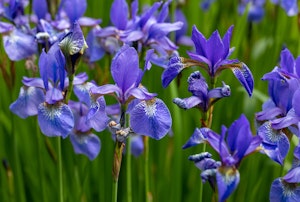
- Daylilies – Clumps become dense over time; dividing restores vigor.
- Ornamental Grasses – Many grasses form large clumps that eventually die out in the center. Division keeps them fresh and full.
- Shasta Daisies – Benefit from dividing every few years to keep blooms abundant.
- Sedum (Autumn Joy types) – Can be lifted and divided easily to maintain shape and spread.
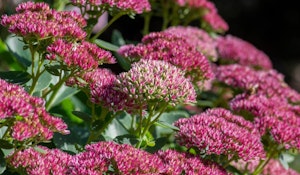
- Black-eyed Susans (Rudbeckia) – Great candidates for multiplication and healthier growth.
- Hostas – Thrive when divided, especially if you want to spread them to shady spots.
- Coneflowers (Echinacea) – Dividing can help spread color across your garden.
How to Divide Perennials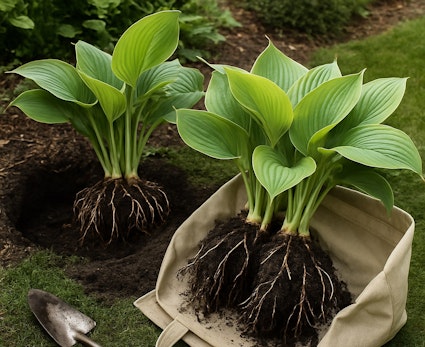
- Choose the Right Time
Early fall (September in the Bay Area) or early spring are best. Avoid dividing when plants are blooming or during hot, dry weather. - Prepare the Plant
Water well a day or two before dividing. This reduces stress and makes digging easier. - Dig Up the Plant
Start a few inches from the crown, gently lifting the root ball with a spade or garden fork. - Divide the Plant
Use a sharp knife, spade, or fork to separate the root ball into sections. Each division should include 3–5 healthy shoots with roots attached. - Replant Immediately
Plant divisions at the same depth they were growing before, in well-prepared soil. Water thoroughly after planting. - Care for the Divisions
Keep new divisions consistently watered until established. Adding mulch helps retain moisture and reduces transplant shock.
Pro Tips for Success

- Don’t Delay: Replant divisions as soon as possible so roots don’t dry out.
- Trim Back Tops: Cutting back some foliage helps reduce stress on the new divisions.
- Label and Plan: If you’re moving plants around, label divisions or sketch your garden plan so you know where everything is going.
- Share the Wealth: Extra divisions make thoughtful gifts for gardening friends.
Refresh Your Garden with Divided Perennials
Dividing perennials not only revitalizes your garden but also rewards you with more plants to enjoy. Stop by SummerWinds Nursery for the tools, soil amendments, and expert advice you need to divide and replant successfully this season.

